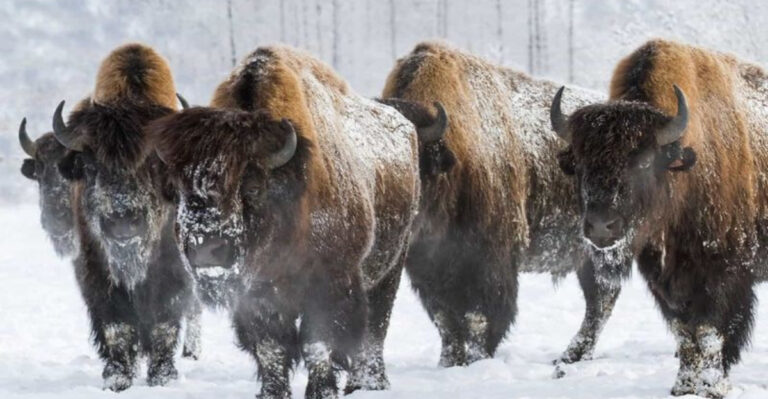How Many Tigers Are Still Roaming The Earth? Less Than You Think
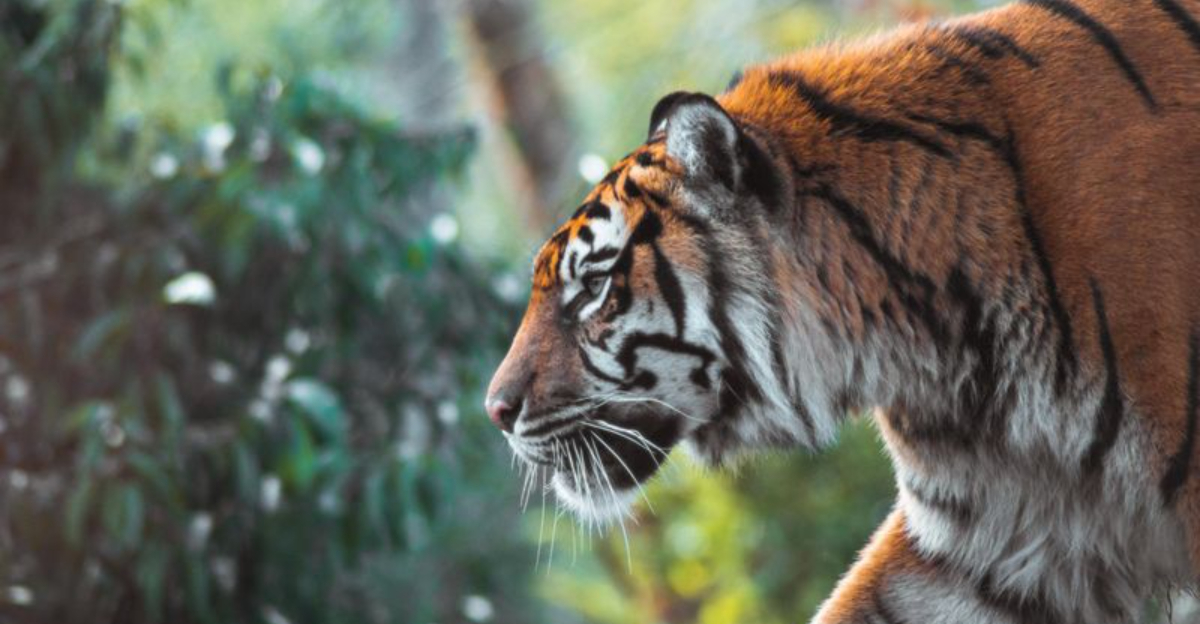
Majestic and powerful, tigers once prowled vast territories across Asia in impressive numbers. Today, these iconic big cats face a crisis so severe that they occupy just 7% of their historic range.
The shocking truth? Fewer than 4,000 wild tigers remain on our planet – a 96% population crash in the last century alone. Their story is one of survival against mounting threats.
1. A Shocking Head Count
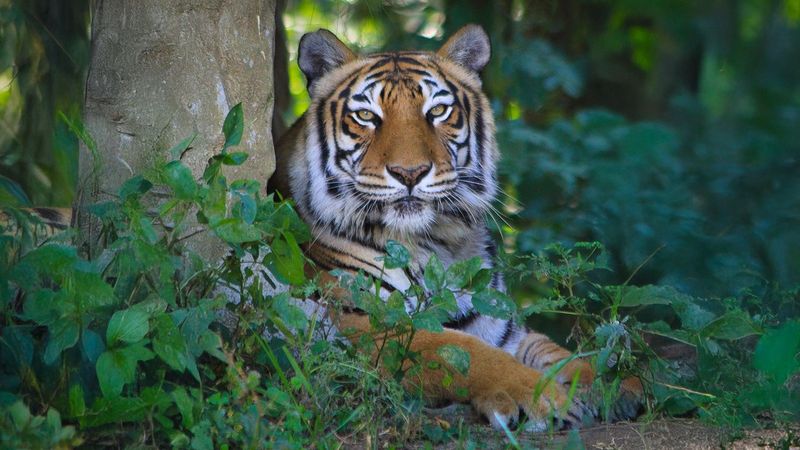
Only 3,726 tigers roam freely in the wild today. This number, shocking as it is, represents a modest recovery from the all-time low of about 3,200 in 2010.
Scientists track these magnificent creatures through camera traps, paw prints, and genetic sampling. Each tiger has a unique stripe pattern – like a fingerprint – allowing researchers to identify individuals.
2. Vanished From Three Countries
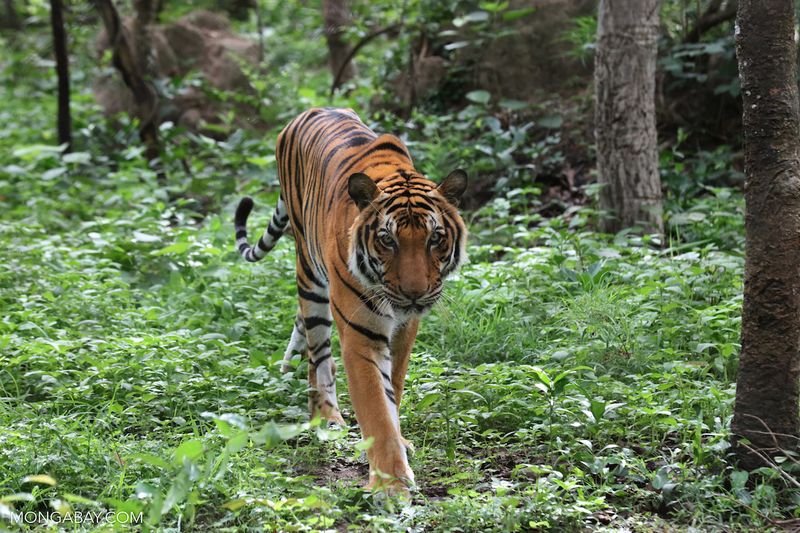
Within the last 25 years, tigers have completely disappeared from Cambodia, Laos, and Vietnam. Hunters emptied these forests of tigers so quickly that conservation efforts couldn’t keep pace.
The last Cambodian tiger was documented in 2007 by a remote camera trap. Now these countries have ambitious reintroduction programs, though success remains uncertain given ongoing habitat challenges.
3. Russia’s Freezing Felines
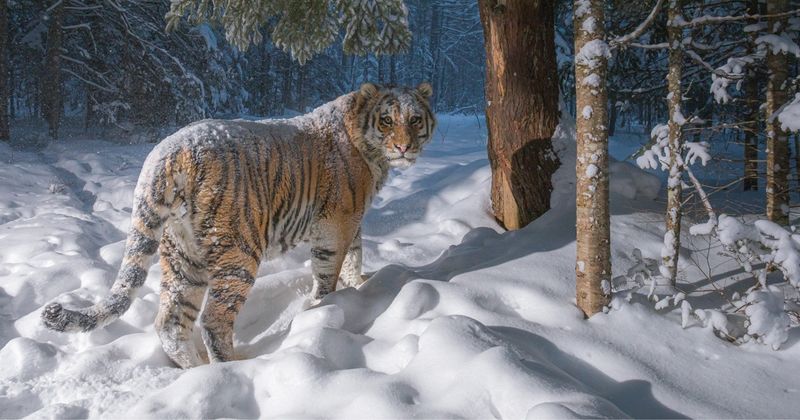
Siberian tigers survive brutal winters where temperatures plummet to -50°F. These northern tigers grow thicker fur and extra fat layers compared to their tropical cousins.
Only about 500 Siberian tigers remain in Russia’s eastern forests. They’re the largest tiger subspecies, with males weighing up to 660 pounds and measuring 11 feet from nose to tail tip.
4. Poaching’s Devastating Toll
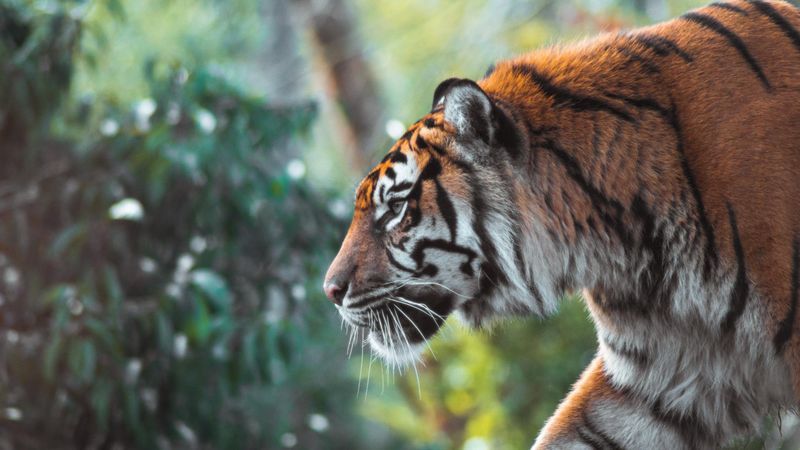
Every part of a tiger sells on black markets. A single tiger can fetch poachers over $50,000 when broken down for traditional medicines, decorations, and luxury items.
The bones get ground into powder for supposed health tonics. Teeth become amulets. Pelts decorate walls of the wealthy. This gruesome trade continues despite international bans and scientific evidence showing these remedies don’t work.
5. India’s Conservation Success
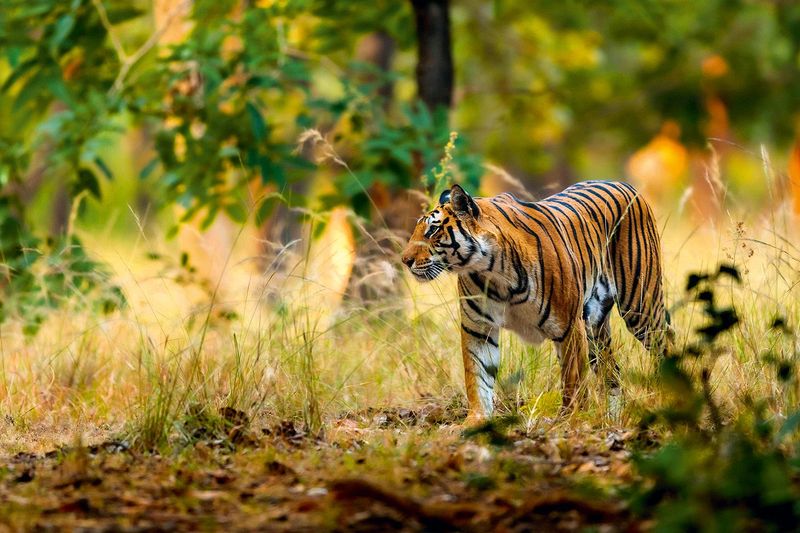
India houses over 70% of the world’s wild tigers. The country’s tiger count has doubled since 2006, reaching approximately 3,167 tigers in 2022.
This remarkable recovery stems from strict anti-poaching measures, habitat protection, and relocating villages from core tiger areas. India’s Project Tiger, launched in 1973, created a network of 53 reserves covering nearly 75,000 square kilometers.
6. Living In Shrinking Homes

Tigers have lost 93% of their historic range. These cats once roamed from Turkey to Indonesia and Russia to India – now they’re confined to fragmented pockets across just 13 countries.
A wild tiger needs up to 100 square kilometers of territory to hunt and breed successfully. Modern tigers often make do with much less, leading to increased human conflict and reduced breeding success.
7. The Palm Oil Problem
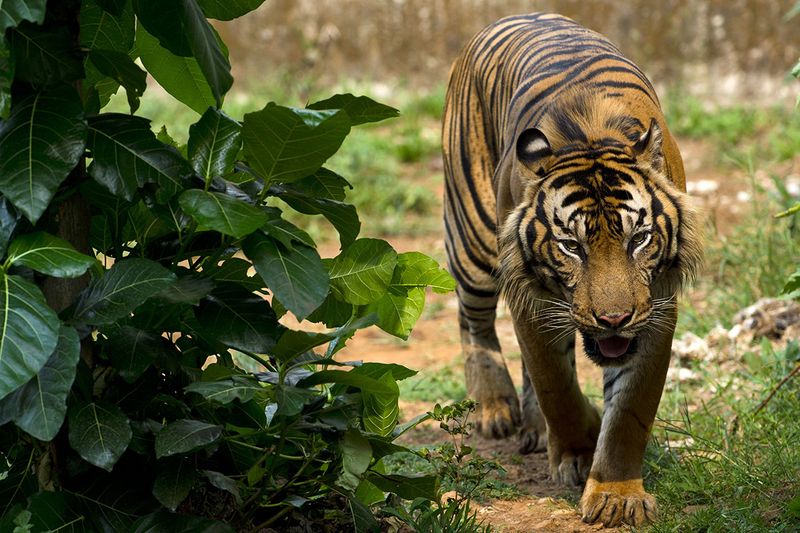
Your chocolate bars and shampoo might be driving tigers toward extinction. Palm oil plantations have replaced millions of acres of tiger habitat in Indonesia and Malaysia.
Sumatra has lost 70% of its lowland forests – prime tiger territory – to these industrial-scale plantations. The remaining Sumatran tigers, fewer than 400, now live in isolated forest patches, making breeding difficult and conflicts with humans more frequent.
8. Farmers Vs. Felines
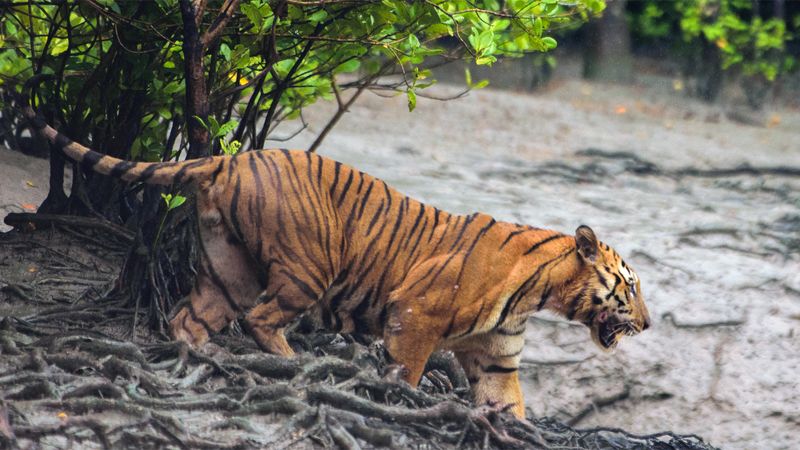
When hunger drives tigers near villages, deadly encounters follow. Tigers occasionally prey on livestock or, rarely, people, triggering retaliatory killings by frightened communities.
Conservation groups now compensate farmers for lost cattle and install protective fencing around villages. Some communities employ former poachers as tiger guardians – their tracking skills repurposed to protect the very animals they once hunted.
9. China’s Captive Tiger Farms

More tigers live in captivity in China than exist in the wild worldwide. These facilities house an estimated 6,000+ tigers, supposedly for conservation but often operating as commercial enterprises.
Many farms harvest tiger parts when animals die, fueling demand for products that drive wild tiger poaching. International pressure mounts on China to close these operations, which contribute little to genuine conservation efforts.
10. Climate Change Complications

Rising seas threaten the Sundarbans, home to the rare swimming Bengal tigers. This massive mangrove forest spanning India and Bangladesh could lose 96% of its land to sea level rise by 2070.
About 100 tigers live in this unique ecosystem where they’ve adapted to swimming between islands and hunting in brackish water. As their habitat shrinks, these specialized tigers face displacement into human areas.
11. The Tiny Genetic Pool

South China tigers face a genetic crisis. Extinct in the wild since the 1990s, only about 100 remain in captivity, all descended from just six tigers.
This extreme inbreeding leads to birth defects, reduced fertility, and weakened immune systems. Scientists debate whether this subspecies can ever return to the wild or if their genetic problems are too severe for a viable population.
12. Roads Slicing Through Territories
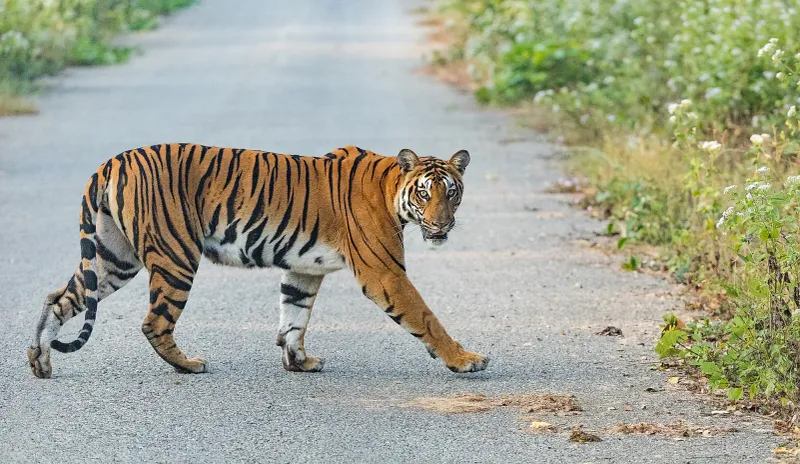
New highways and railways fragment tiger habitats into isolated islands. A tiger trying to cross these barriers risks deadly collisions with vehicles or encounters with humans.
Some countries now build wildlife overpasses and underpasses specifically for tigers. India’s NH7 highway features six dedicated tiger crossings, though many roads still lack these safety features, turning them into deadly barriers.
13. Caught On Camera
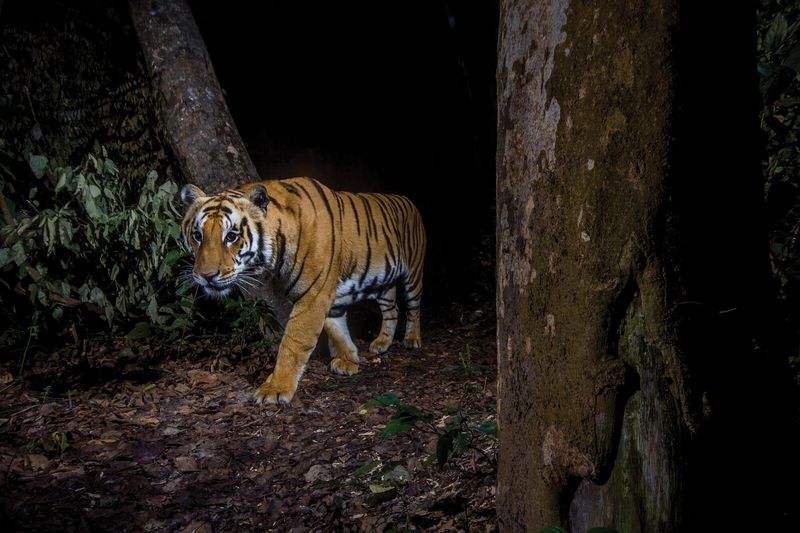
Modern technology offers hope through unexpected tiger sightings. Camera traps recently captured tigers in western Thailand for the first time in four years, suggesting they’re returning to areas where they’d disappeared.
These motion-triggered cameras provide crucial data on tiger movements, hunting patterns, and reproduction. One female tiger in Russia’s Far East was documented raising five cubs – an unusually large litter offering hope for recovery.
14. The $30 Million Price Tag
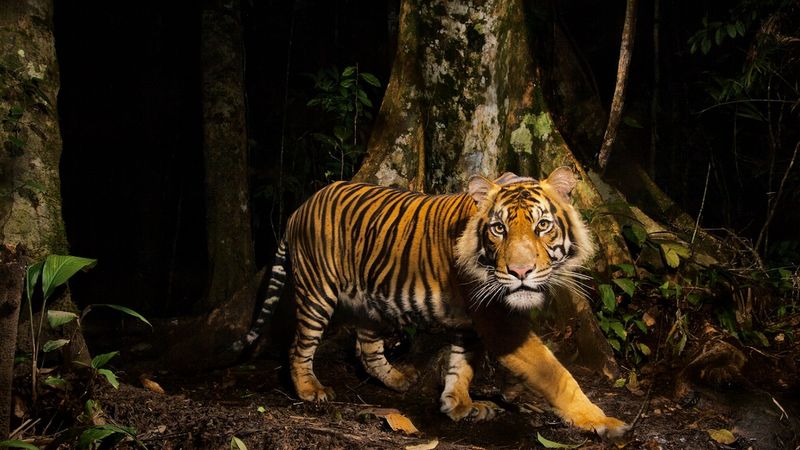
Saving tigers costs serious money. Experts estimate effective protection requires about $82,000 annually per tiger, or roughly $30 million each year across all tiger territories.
This funding pays for anti-poaching patrols, habitat preservation, community programs, and scientific monitoring. Conservation groups argue this investment delivers returns beyond tigers – protecting watersheds, carbon storage, and entire ecosystems that benefit millions of people.
15. The 2022 Recovery Milestone
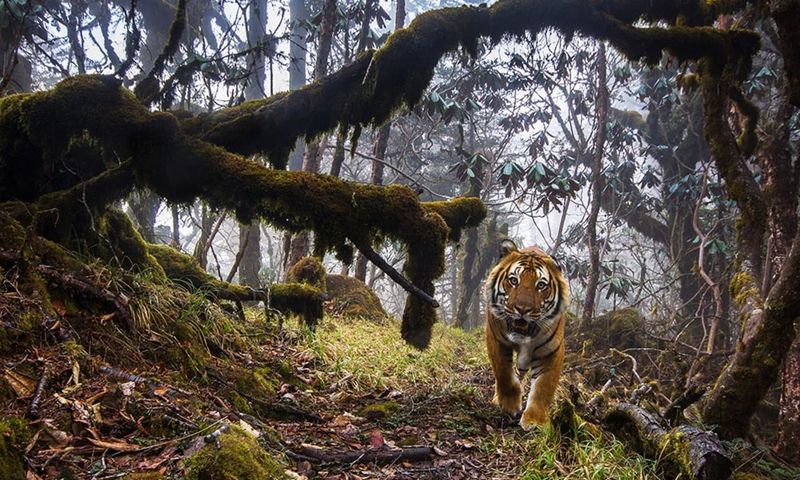
After a century of decline, tiger numbers are finally increasing. The global wild population grew 40% between 2015-2022, from approximately 3,200 to 3,726 tigers.
This modest recovery stems from coordinated international efforts launched in 2010 when 13 tiger range countries pledged to double wild tiger populations by 2022. While falling short of doubling, the upward trend represents the first sustained increase in over a century.


